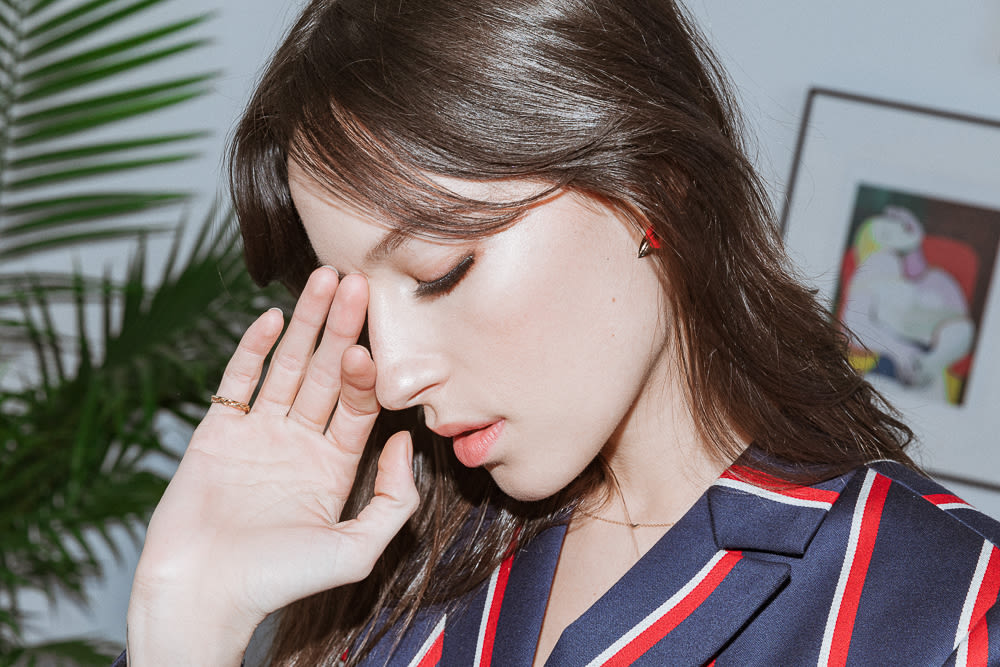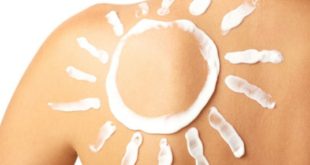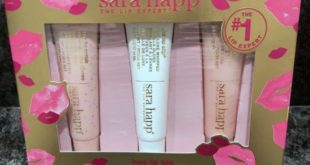
The part of you that survived the ‘90s loves a DIY. But on a normal day, there’s a still limit to how far that punky, DIY spirit extends. Like, even if you’re down to repaint a cabinet, you’d still call a pro to reupholster your couch. Or you’ll whip up some cacio e pepe at home, and go out for sushi.
Right now, you might find yourself eyeing boxed dye even when you’d usually leave it to the professionals. There’s a lot of color alchemy going on, some pretty complicated techniques, and it’s difficult to right where you’ve wronged. Just ask your colorist—no, really, ask them. “First-time colorers should try to do a consultation with a professional to make sure you’re using the right color and technique,” says UK-based celebrity colorist Josh Wood. Consider reaching out to your favorite colorist for a digital consultation and get their advice on how to move forward. It’s a good way to minimize the risk of a bad dye job, and paying them for their time on Venmo lets you support your local beauty professionals at the same time.
Of course, Wood has some thoughts of his own on how you should shop for color. “Triple check whether the dye you’re looking at is permanent or semi permanent,” he says. Neither contains bleach, but semi-permanent is gentler and more transparent. If you’re going for permanent, Wood suggests choosing a formula that’s free of ammonia (which is harsh on strands) and PPD. “PPD is the most common allergen in hair dye, and there are lots of options without it.” Still, be sure to conduct an allergy test 24-hours before coloring to play it safe. Then, get to coloring!
Shop ammonia and PPD-free permanent hair color:
I Just Want To Cover Some Grays
Your main goal is color matching and, Wood explains, “Matching [dye] to your base color will give you a better blend than looking at an old photo.” To do it, look at the hair growing at the nape of your neck, where you don’t get much sun exposure. (Sunlight can lighten or oxidize your hair, and you’re trying to see what unaffected, fresh color would look like.) Or, Wood suggests this method: “Part your hair straight back from crown to nape, clip the hair out of the way on either side, and photograph the middle in natural light. You’ll get a much better match that way.” It might go without saying, but just to be sure, hair color kits that are meant as root touch-up tools won’t cover the length of your hair. If you’re looking to change your hair color—a fun activity, no doubt!—the process is a little different.
I Want To Color My Whole Head, From Roots To Tips
Instead of matching a box dye to your current color, you get to pick one. And Wood breaks down that process into two steps: shade (how light or dark a color is) and tone. “Most people make the mistake of going too dark when buying at-home hair color,” says Wood, “so I always recommend going half a shade lighter than your first guess if you’re unsure.” For example, if you want black hair, choose a deep brown instead—it’ll look more natural and less flat. You also might want to consider a semi-permanent gloss, which is a little translucent to mimic salon dimension.
The next step, tone, is where things get a little dicey. “When a professional colorist looks at someone,” says Wood, “they’re trying to assess whether they’d suit a warmer or cooler color.” It’s not a hard and fast rule, but in general those who are mostly cool-toned should pick a cool hair color, and warm undertones look best with a warmer tone. To find out where you stand, flip your wrist up and look at the veins. Are they mostly blue? You’re probably cool-toned. Green? That’s a sign you’re warm-toned. And if they’re somewhere in between, you’re neutral—both cool and warm tones will look good, so it’s all down to preference. You can look to the dye’s shade name to help determine its tone. A cool blonde might be called icy or ashy, whereas warm blondes are gold or wheat. A cool brunette might be called smoky, while warm browns can be chestnut (reddish) or caramel (golden).
I’m An Unnatural Blonde Wondering: What’s A Blonde To Do?
If you want to make your hair lighter, you have to bleach it. You can’t just use a blonde box dye and call it a day, because without bleach, blonde color just won’t show up on darker hair. And Wood is not going to be the one to tell you to try your hand at bleaching. “You’d need to combine the product with an advanced technique such as highlights, balayage, or babylights, and I’m not whole-heartedly comfortable with people trying to recreate that at home.” Plus, the bleach you can buy over the counter is less powerful than the kind professionals use (read: you’re likely to end up orange, not flaxen) and it’s also less advanced (read: potentially more damaging). Instead, he recommends a gloss. They’re sheer, semi-permanent, and will make your color look fresh without bleach. “A gloss, or even a pastel shade, can cover up patchiness, unevenness, and a million other sins.”
Shop semi-permanent glosses:
What Else Do I Need?
Before you buy anything else, survey what tools come in the kit you’ve just added to cart. If you find the one you’ve chosen is a little bare-bones, round it out with gloves or a brush as necessary. “You’re also going to need an old t-shirt and towel that you don’t mind getting color on, because at-home coloring can get pretty messy.” Finally, he adds a Tangle Teezer, color-protecting shampoo and conditioner, and strengthening treatment to the list. “The coloring process damages hair by nature,” Wood says, “but having intensive treatments to use afterwards can help limit damage and improve shine.”
Shop Wood’s at-home hair color kit:
Once you have the products, make sure you nail the technique. “There are also plenty of instructional videos,” Wood adds, and he suggests watching a few and then following along while you color. Then, keep up a protective regimen so you don’t have to do this all again so soon. Congratulations! You survived your first hair color rodeo. How did you do?
—Ali Oshinsky
Photo via ITG



